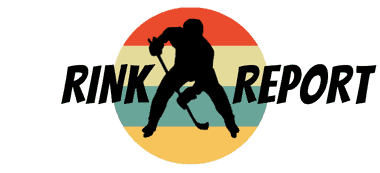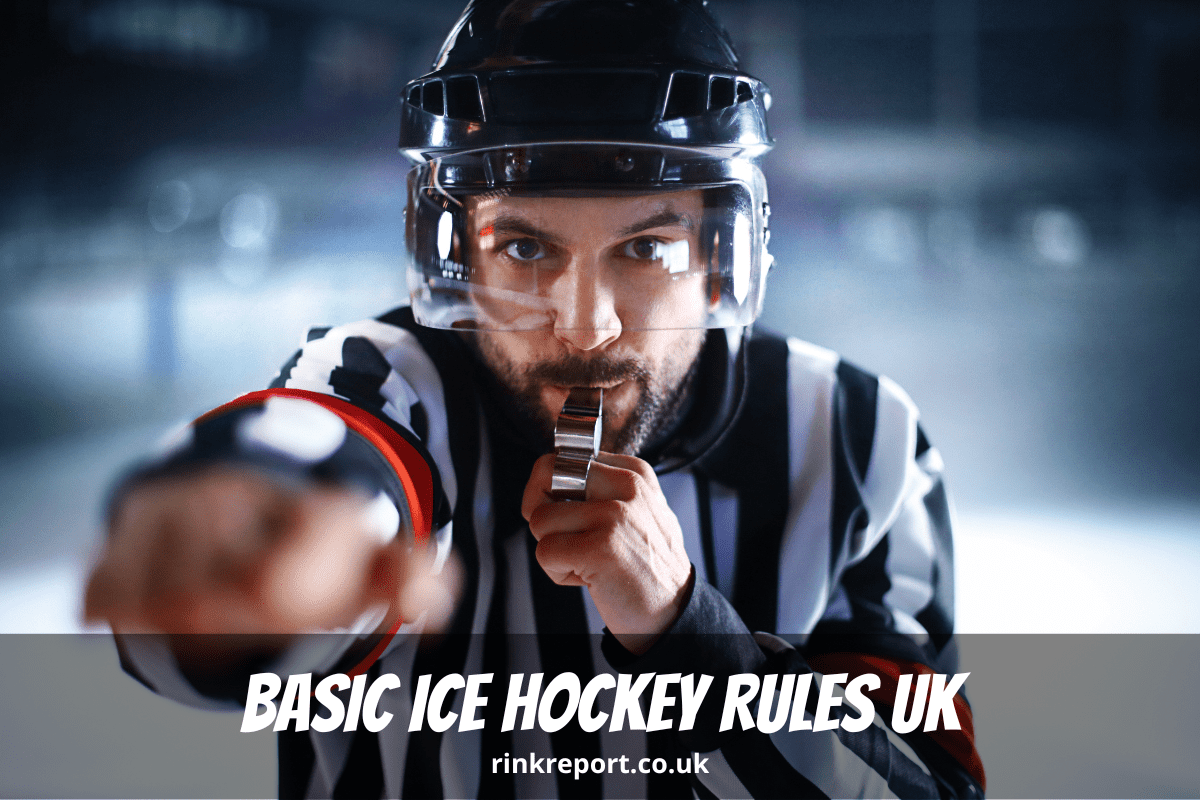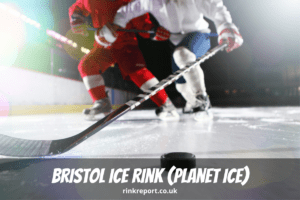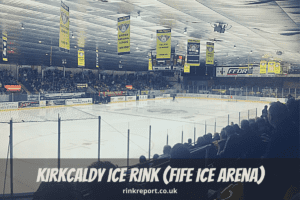Ice hockey rules can be complicated and confusing. They also vary from country to country and between leagues. This is a guide to the basic rules of ice hockey in the UK for anyone who is new to the game.
Objective Of An Ice Hockey Game
The objective of ice hockey is straightforward, to score more goals than the other team. A goal can be scored when the puck is hit into the opposing net with a stick or deflects off a player into the net.
However, a deflection into the net must be unintentional; players are not allowed to direct the puck into the net with anything other than their stick (e.g. they can’t kick it into the net or push it in with a hand).
Number Of Players On An Ice Hockey Team
The size of an ice hockey team varies but it is normally around 17 to 22 players. The maximum number of players on the ice at any time during the game is six for each team. During regulation play, these players will normally be:
- One Goaltender
- Three Forwards (2 wingers and a centre)
- Two Defencemen
Ice hockey rules don’t dictate that one of the players must be a goaltender. In the final few minutes of a game, it is common for a trailing team to replace their goalie with a skater.
There will be times when a team has less than six players in play. For example:
- In overtime, the number of skaters is reduced to 3 (or sometimes 4)
- Players are regularly sent to the penalty box during a game, reducing the number of players a team has on the ice
The skaters are rotated (effectively substituted) constantly during a game. Players can be switched during play or (with a few exceptions) during a stoppage in play. They normally play for around 30-60 seconds before switching, and each period of play is called a shift.
How Long Is An Ice Hockey Game UK?
Hockey games are contested over three 20-minute periods, with a break of around 15 minutes between periods. However, the clock stops when play stops, so in reality, each period lasts for around 30 minutes.
The total time for a game is normally close to 2.5 hours, but this will depend on the number of stoppages and whether the game runs into overtime.
If the score is tied after 60 minutes of play, the game moves to a five-minute, sudden-death overtime where the first goal wins. For most competitive UK ice hockey leagues, overtime is played with 3 skaters plus the goalie.
Note that overtime ice hockey rules can vary considerably between countries, leagues and tournaments. For example, sometimes overtime isn’t played at all. In other games (often high-level) there can be two periods of overtime, the first with 4 skaters per team and the second with 3 skaters.
If the game is still tied after overtime, a shootout will determine the winner. This will involve a set number of shots per team (often 5), and if the teams are still tied, the shootout becomes sudden death.
How Does Play Start In An Ice Hockey Game?
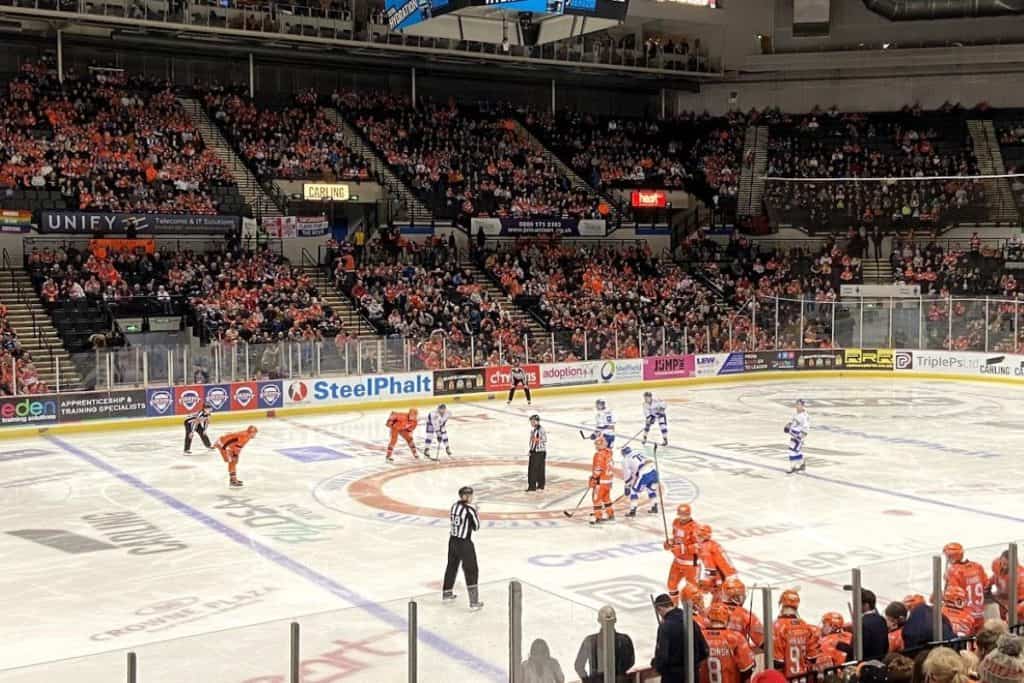
Play in an ice hockey game always starts with a faceoff. This happens at the start of a period and following each stop in play.
During the faceoff, two opposing players stand opposite each other. An official drops the puck between them, and the two players try to gain possession of the puck.
The Two Most Important Ice Hockey Rules
The two most important ice hockey rules to understand are the offside rule and the icing rule. These are explained below:
- Offside Rule – a player is offside it they enter the opposition’s defending zone (i.e. they cross the blue line) ahead of the puck. If this happens, play will be halted, and the game will restart with a face-off in the neutral (central) zone.
- Icing Rule – icing happens when a player hits the puck from their side of the red centre line all the way across the opposing goal line. This must happen without coming into contact with any player. When icing occurs, play is halted and re-started in the zone where the pass originated.
Fighting In Ice Hockey And Other Physical Contact
Technically players are not allowed to fight during an ice hockey game. However, fights do occur, and in the UK, this will normally result in a 5-minute penalty for each player. After that, they are allowed back on the ice.
However, ice hockey rules do allow players to make physical contact with opposing players who have the puck. This is known as body checking and is a major part of the game.
A check can slow down or stop an opposing player, and ultimately the aim is to separate the opposing player from the puck.
The ice hockey rules for a legal check are complex, but a player will normally use their shoulder or the side of their body to make contact. Making contact with other parts of the body, such as elbows, knees or feet, isn’t allowed.
How Many Referees In A Hockey Game?
There are two types of on-ice hockey officials. Referees can be identified by their red arm bands, and they are assisted by linesmen.
The number of officials varies according to the level of the game. The highest-level games in the UK (played in the Elite Ice Hockey League) are overseen by two referees assisted by two linesmen.
Common Minor Ice Hockey Penalties
Ice hockey rules are complex, and the list of infractions and methods of enforcement is long and confusing.
However, you will most commonly see “minor penalties”, which result in the offending players leaving the ice and sitting in the penalty box for 2 minutes. During this time, their team will have to play with one less skater on the ice.
Some common minor penalties are:
- Interference: a player makes physical contact with an opposing player who doesn’t have the puck
- Slashing: A player swings their stick at an opposing player
- Tripping: a player trips an opposing player with their stick without making contact with the puck
- Hooking: A player slows down opposing play by hooking them with their stick
- Holding: a player impedes an opposing player by holding onto them
- Cross-Checking: A player holds the shaft of his stick between two hands and hits an opponent forcefully with it
- Unsportsmanlike Conduct – often results from abusing the referee
- High-Sticking: The puck is played with the stick above shoulder level or above the height of the goal
When a team is one or two players short due to penalties, they are said to be “on a penalty kill”, while the team with the advantage is said to be “on a power play”. If the opposing team scores while on a power play, the player in the penalty box rejoins the game.
FAQ – Ice Hockey Rules UK
Are Women’s Ice Hockey Rules Different?
Women’s ice hockey rules are very similar to men’s, but they allow less physical contact. The main difference is that women are not allowed to body check. Some physical contact is allowed, but the intent has to be to get the puck rather than knock the opposing player off it.
What is a Major Penalty in Ice Hockey Rules?
A major penalty results from infractions that are considered more serious. They result in a 5-minute penalty for the player involved. Also, the player must remain in the penalty box for the full 5 minutes, even if the opposing team scores. An example of a major penalty in the UK is fighting.
Is Body Checking Allowed in Children’s Ice Hockey Rules
Young children are not allowed to body check during ice hockey games. As children get older physical contact is introduced into games, and body checking normally starts in the early teens. However, body checking is not allowed at all in the girl’s/women’s ice hockey rules.
